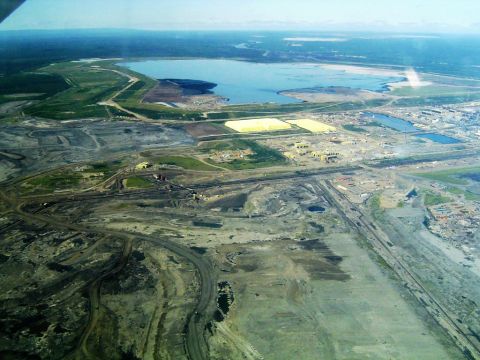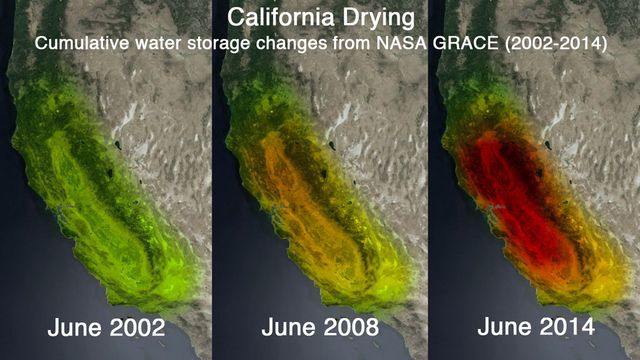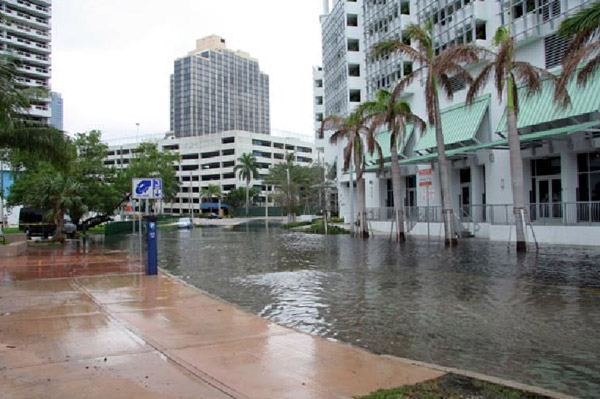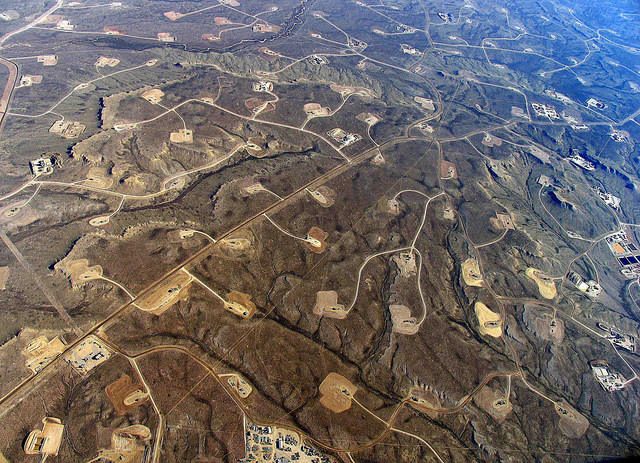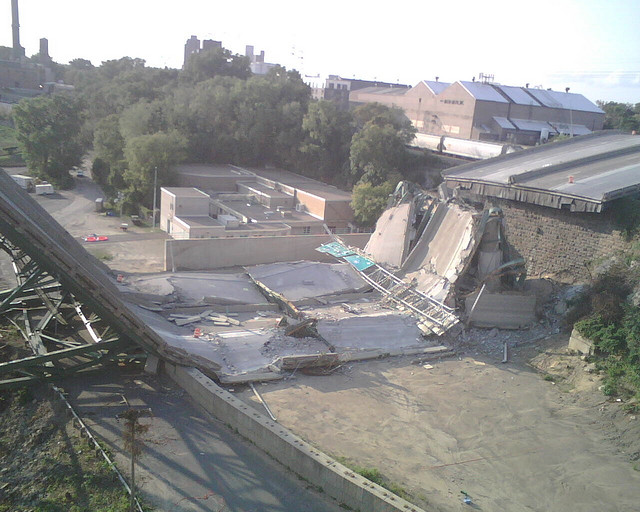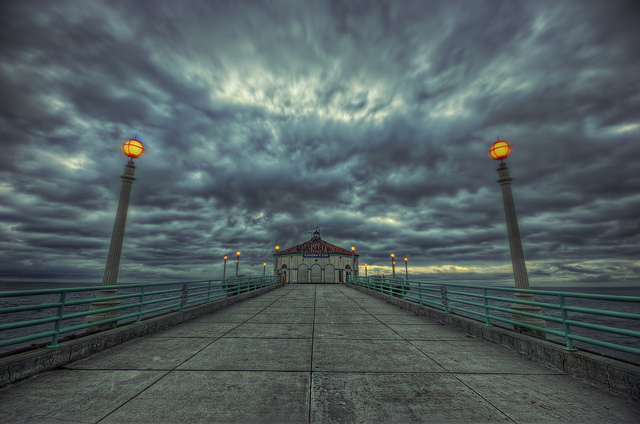Podcast: Play in new window | Download
Subscribe: RSS
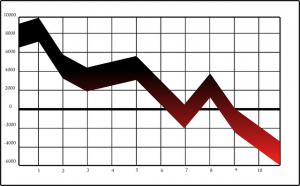
This is where stock and gas prices are going. To see the panic index, read from right to left.
Gasoline is below three dollars a gallon and the stock market is at an all-time high. Well, yes, that was last week but still. What could be wrong with this picture? Like a face that has had way too many plastic surgeries, this one is stretched a little thin, with eyes bugged out and droplets of sweat all over it. The market, which all concerned promised would go up and up and never come down (Does anybody remember them saying the same thing about real estate? Anybody?) has lost 7% of its value in a week and, yesterday at least, could not pull out of the nose dive. A 10 percent drop is a correction. Twenty percent is a crash. And the low gas prices are being celebrated by everyone but the frackers who brought them to us. For them, low oil prices mean almost-immediate ruin. Continue reading
